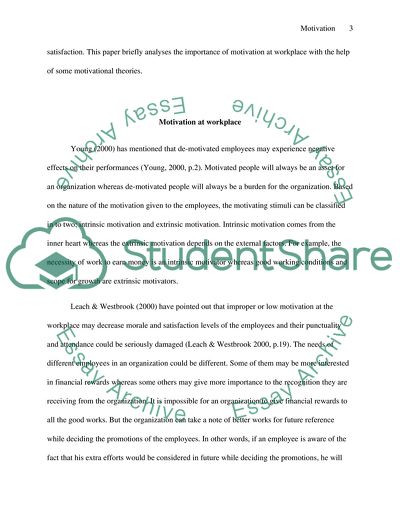Cite this document
(Motivation: Challenges in Implementing Motivation Theories in Organiza Term Paper - 4, n.d.)
Motivation: Challenges in Implementing Motivation Theories in Organiza Term Paper - 4. https://studentshare.org/human-resources/1745495-motivation
Motivation: Challenges in Implementing Motivation Theories in Organiza Term Paper - 4. https://studentshare.org/human-resources/1745495-motivation
(Motivation: Challenges in Implementing Motivation Theories in Organiza Term Paper - 4)
Motivation: Challenges in Implementing Motivation Theories in Organiza Term Paper - 4. https://studentshare.org/human-resources/1745495-motivation.
Motivation: Challenges in Implementing Motivation Theories in Organiza Term Paper - 4. https://studentshare.org/human-resources/1745495-motivation.
“Motivation: Challenges in Implementing Motivation Theories in Organiza Term Paper - 4”. https://studentshare.org/human-resources/1745495-motivation.


